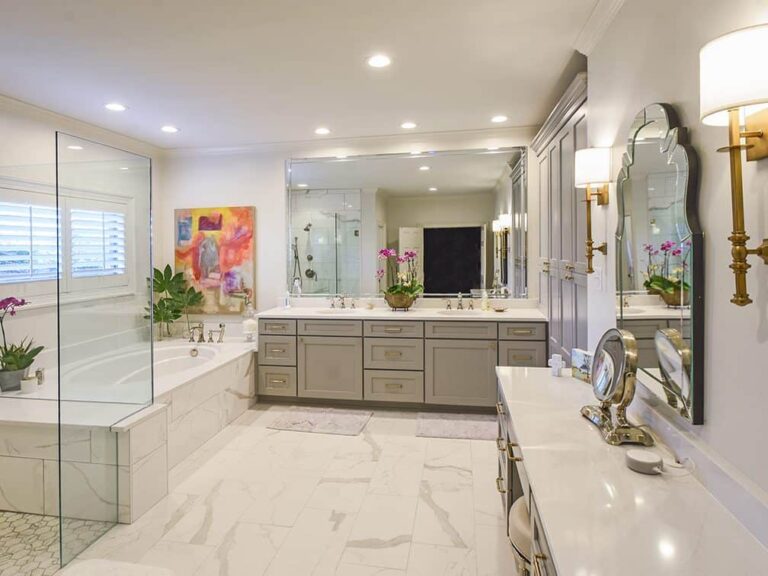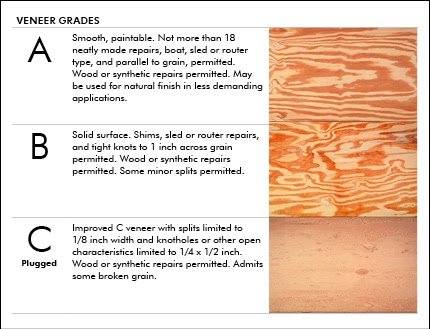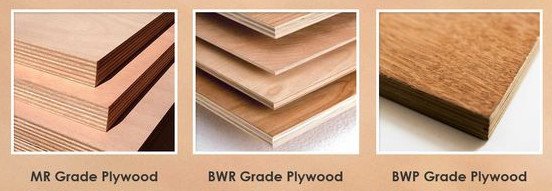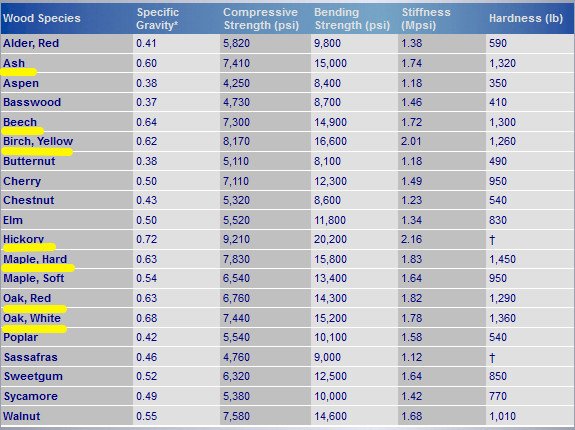A Quick Guide To The Best Vanity Cabinet Materials
Welcome! Whether you’re preparing to remodel your bathroom or you need a vanity to completely revitalize the space, the material you choose for the cabinetry determines everything.
Problem is, once you enter the gigantic vanity marketplace it’s easy to start feeling overwhelmed. There are endless options (from across the planet) at every price point, and many product pages leave you guessing.
When it comes to getting your hands on a vanity you’ve got four potential paths:
- Throw some money away on an ultra-low-cost vanity from any big retailer.
- Purchase a ‘middle of the road’ vanity that could stay in decent condition for 10-20 years.
- Invest in a high-priced high-quality vanity from mid-range to luxury brand manufacturers.
- Invest in a custom-made vanity (antique quality) made with the finest materials. Taking this road means you have no limits and neither does the price for elite craftsmanship.
Here at Robbins Construction, we’ve been helping homeowners in the Memphis area navigate the Bath Remodel Process since 2004. Our designers will be the first to tell you:
“The quickest way to become well-versed in vanity quality is to look at base materials first. Start with cabinetry.”
To demonstrate the point, take this project from our Bathroom Gallery. While that double vanity looks fabulous directly after project completion, it’s the quality of the base material that ultimately determines the value for those Germantown homeowners.

That being said, this quick guide is simply going to walk you through the three main categories of vanity cabinet (base) materials: fiberboard, plywood, and solid wood.
Let’s begin.
LDF Board (Low-Density Fiberboard)
Also commonly called Particleboard and Chipboard, on the lowest end of the value spectrum for vanity cabinet materials you have LDF Board.
Homeowners typically buy these vanities from big box retailers as afterthoughts, when they’re just looking to fill the vanity area with an inexpensive option. This kind of wood composite material might work well for a throwaway college kid’s desk, but not a serious vanity. Being cheaply mass-produced with lumber mill waste products, particleboard vanities aren’t built to stand the test of time in your bathroom.
When decorated with plastic laminates or wood veneers they can get a bit stronger and better looking. However, no one considers particle boards as the vanity cabinet material in their forever bathroom.
- Particleboards can’t hold the weight of any quality or thick stone-based vanity countertops.
- As soon as the moisture gets to them they will begin to sag, discolor, and warp.
MDF Board (Medium-Density Fiberboard)
Moving up the value ladder you run into endless amounts of MDF board-based vanities.
From Low-Density to Medium-Density to High-Density HDF, the manufacturing involved is similar but more intense. The materials are put under higher amounts of pressure, for extended periods. This makes the roughly 30% wood boards of common MDF a bit stronger and last longer than LDF, but again, you’re only going to see these among the cheaper less-durable vanity options.
Luxury bathroom furniture brands make it a point to tell customers their products don’t contain “a spec of MDF or particleboard” to signify much higher quality.
- While they don’t contract and expand like wood, you can’t stain MDF or HDF boards.
- MDF is usually protected with industrial sealants or lacquer paint, but they aren’t easy to repair.
- After they break down and their protective outer layer cracks, water gets in and wreaks havoc.
One trick manufacturers have come up with to use MDF board in bathroom furniture and cut costs, is to top it with real wood veneers. So picture the skeleton of your vanity being one or two layers of quality hardwood (itself protected by a coating or finish), and underneath you’ve got the fiberboard.

The World of Plywood
Rather than wood fibers, shavings, and other wood waste materials being heated and compressed together into boards, plywood is composed of veneers that have been glued together to form sheets. These sheets can come in a wide range of qualities.
On the low-grade side, you could have plywood composed of layers of particleboard and MDF/HDF. On the high-grade side, you’ll find heavy plywood-based vanities are in the mid-price-range.
Note: When you see vanity product pages that list ’furniture-grade plywood’ as the base material, know that in truth there is no such thing. It’s a made-up term to try and reassure people frightened by the use of low-grade plywood in furniture making.
What’s the difference between regular plywood you see under roof systems or used for wall paneling/sheathing, and the kind in mid-range vanities? The quality of the wood and the grading of the smooth veneer finish or coating. On the higher end of the value spectrum, these sheets are “cabinet-grade” plywood.
What is Cabinet-Grade Plywood?
- Most of the cabinet-grade plywood in retail vanities is birch plywood.
- Birch plywood is known as hardwood plywood. It has a thicker veneer than other common hardwood plywoods (not the same as 100% solid wood we’ll look at below).
- The grading of most cabinet-grade plywood is A1.
- This means the face side of the cabinets has an A grading.
- The back face is sound, of the same species, and cut for use in cabinetry.
Briefly, here’s the grading system itself.
Visible Face Grades
AA: Good or Good Sequence
A: Good
B: Good, sliced B, RC Sound
C: Rotary Cut Solid
Back Face Grades
1: Sound, Same Species, Specifically Cut
2: Solid, Same Species, Specifically Cut
3: Rotary Grain
4: Reject Back
This means you can get both hardwood and softwood plywood in different grades – oak, mahogany, cherry, maple, etc.

We’ll talk more about these species. But for now, the higher the plywood veneer grade and the higher the quality of the hardwood used, the more expensive the plywood becomes to custom-build or manufacture vanities.

What truly adds value in terms of bathroom vanity material, is quality plywood that’s either BWR or BWP-grade. This means either water-resistant or completely waterproof.
The world of plywood is extremely vast, so for the sake of time and saving you a headache, let’s move on to the highest-quality vanity materials.
Solid Wood Furniture — The Golden Standard
Now we’re talking about the highest-quality vanity. Not a high-end manufactured vanity that will last 20-30 years if maintained properly, but a vanity that could last well over a century, or two, or three.
Expertly-crafted solid wood furniture will turn heads in every room, not just the bathroom.
These vanities are investments. The drawback is they can be so custom and personalized, they may not easily transfer to another owner — hence antiques and heirlooms. On the other hand, if the vanity is constructed with a more general functionality and common style they add sizable sums to overall home value.
- Solid wood vanities can hold high-quality heavy countertops without a problem.
- They need to be cared for continuously like any other fine solid wood product.
- Wood species can be chosen to suit your climate, like here in the Memphis area.
- In terms of style, you can paint them and finish them to your heart’s content.
- You’ll need to have proper ventilation and consider a quality fan to help protect the vanity.
If you head out into the global market, you can find solid wood vanities in a HUGE assortment of different species at every price range you can imagine. From a couple of thousand dollars to tens of thousands!
For woodworkers and bathroom remodelers, what matters is that the wood has a strong “modulus of elasticity”‘ that relates to several features. Here is a chart showing the different North American Hardwoods and their relative strengths. We’ve underlined some of the most common woods in vanities to give you an idea of the ‘Specific Gravity’ range: 0.60 (Ash) and 0.72 (Hickory).

Solid Oak Vanities
So why is oak considered the absolute, no-holds-barred BEST material for bathroom vanities? Why is oak used as the measuring stick when comparing other woods? In short, because it’s incredibly strong (try breaking petrified oak), can hold the weight of your vanity top, it’s great to work with in terms of furniture making, and it can handle the rigors of bathroom life.
- Oak doesn’t require as much maintenance or polish compared to other species.
- If you want a darker finish, Cherry or Walnut works (darkens over time), but with so much that can be done with oak, it’s typically the winner hands down.
- Oak is versatile and adaptable; it’s a timeless choice with world-renowned character.

The ONLY downside from a homeowner’s perspective is the cost. Solid wood vanities are the most expensive choices because of the value of the materials and craftsmanship. Plus oak and harder solid woods open the doors to endless design possibilities. For example, it won’t matter what kind of sink you choose as the oak will easily support it.
Hopefully, this helps you begin to put the pieces together. Remember, starting with base material is an EASY way to start narrowing the field of choices. Then, after you get a good grasp on materials within the price range you’re looking at, speak to a professional!
Need Help With Your Memphis-Area Bathroom Remodel?
As a 5-star bathroom remodeler, we advise Memphis-area homeowners NOT to hastily purchase a vanity or any materials. Wait until you’ve consulted with one of our bathroom design specialists for FREE. Let a trained professional look at your budget, the specifics of your bathroom space, and your lifestyle needs, and then guide you to the absolute BEST choices possible. No headaches. No hassles. No runaround. Reach out and Contact Robbins Construction or come visit our gorgeous showroom in Germantown. Thanks for your time today.
Are you ready for your next remodeling project? Let us take it to the next level. Schedule a free consultation today!


